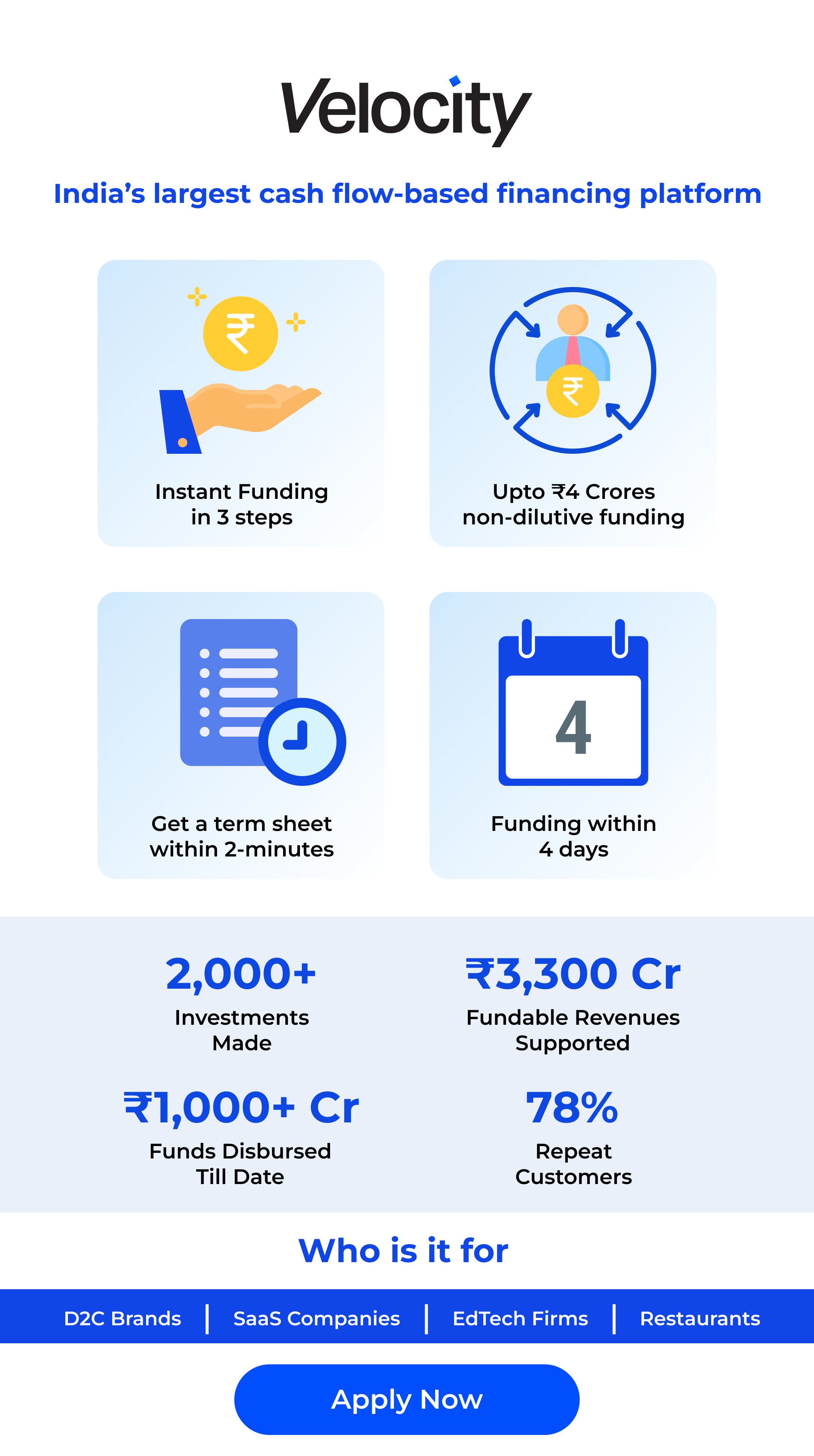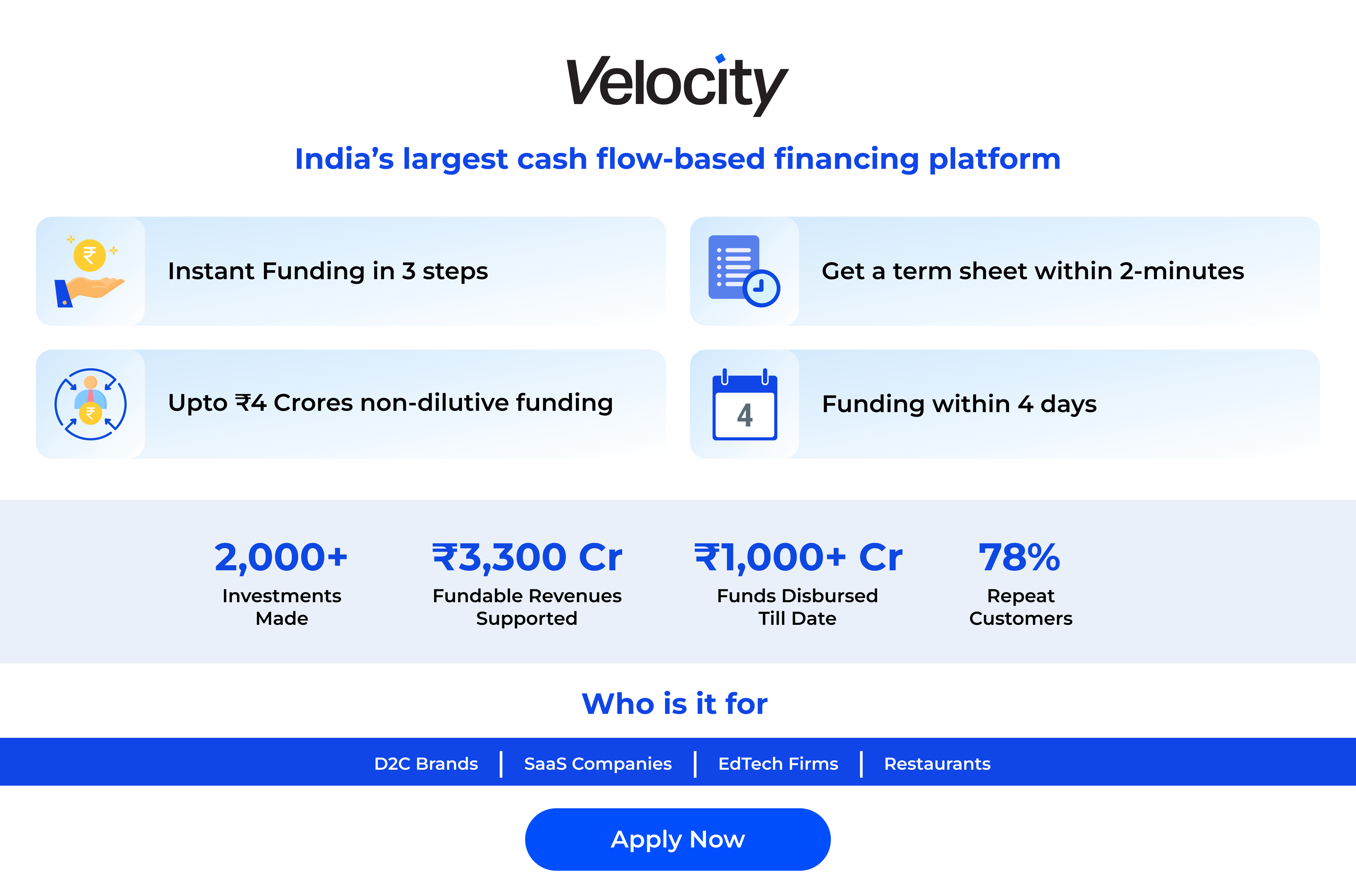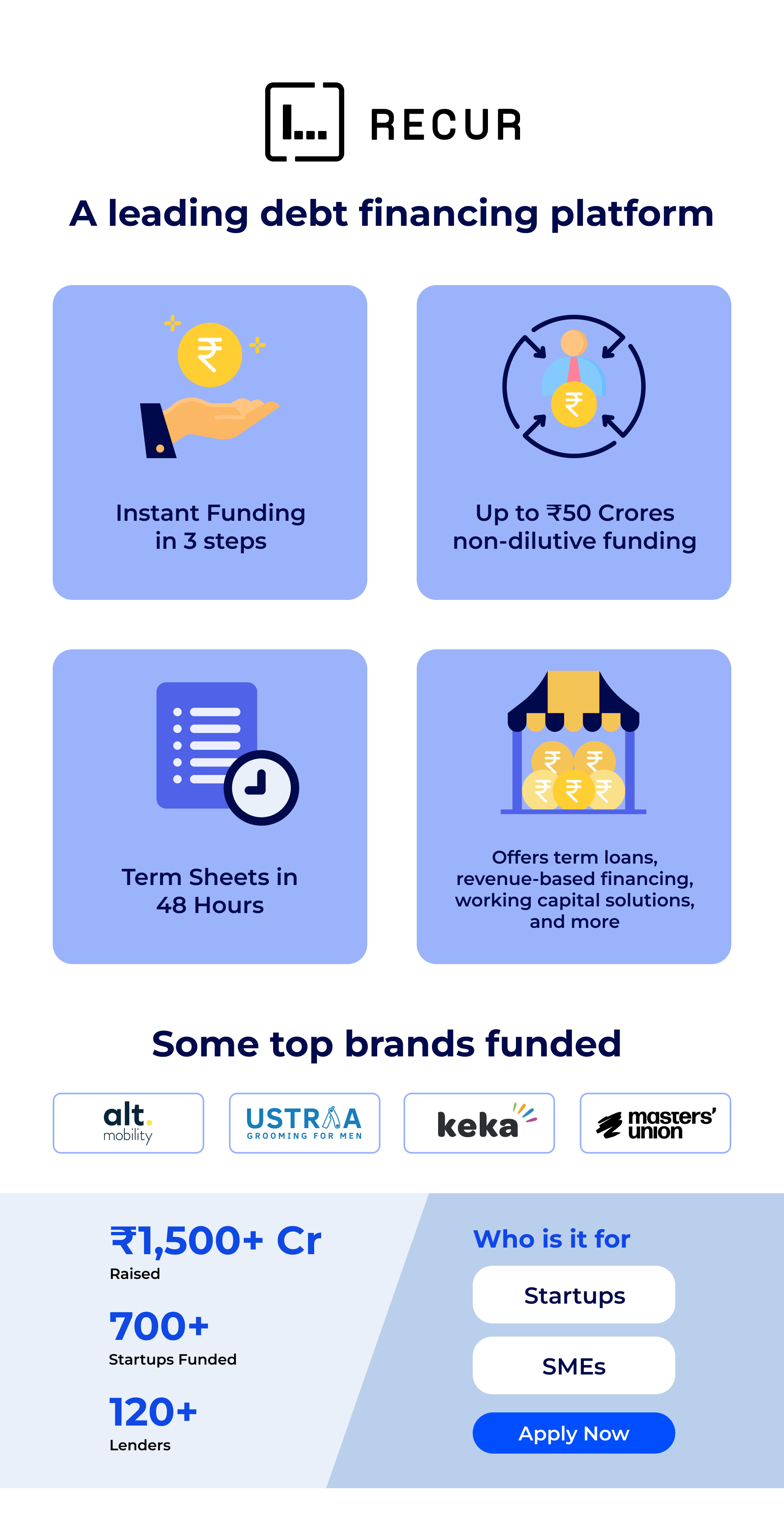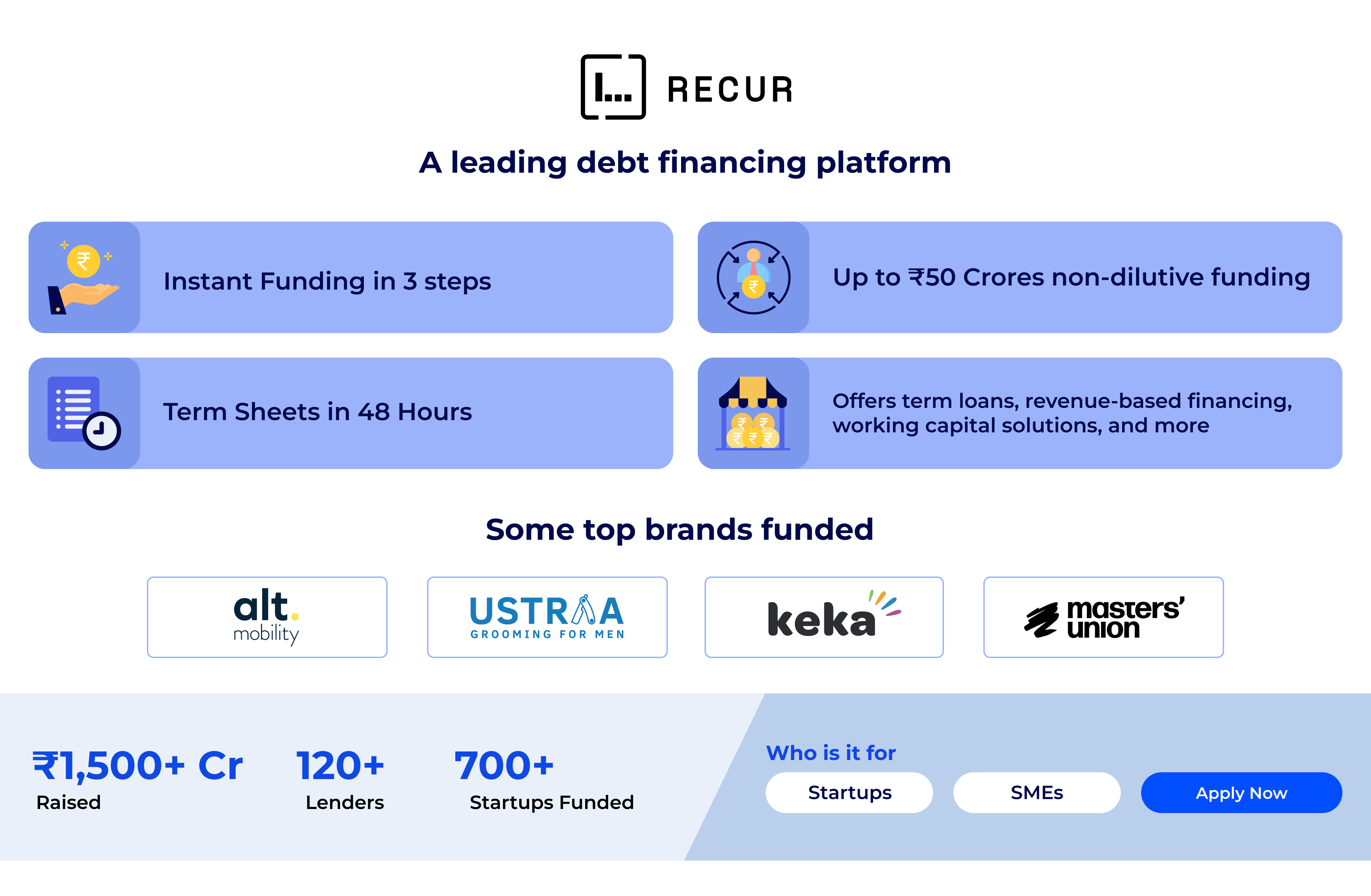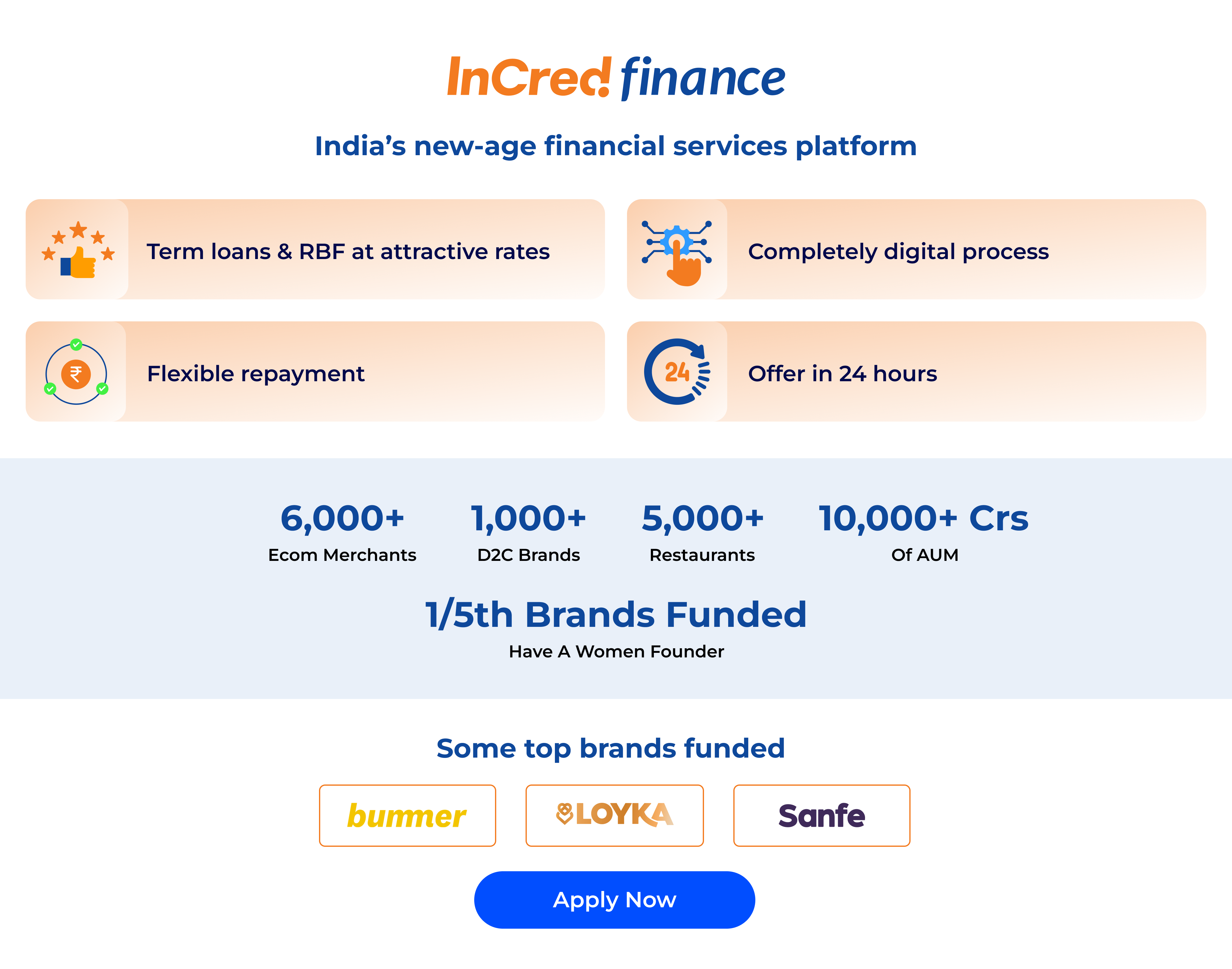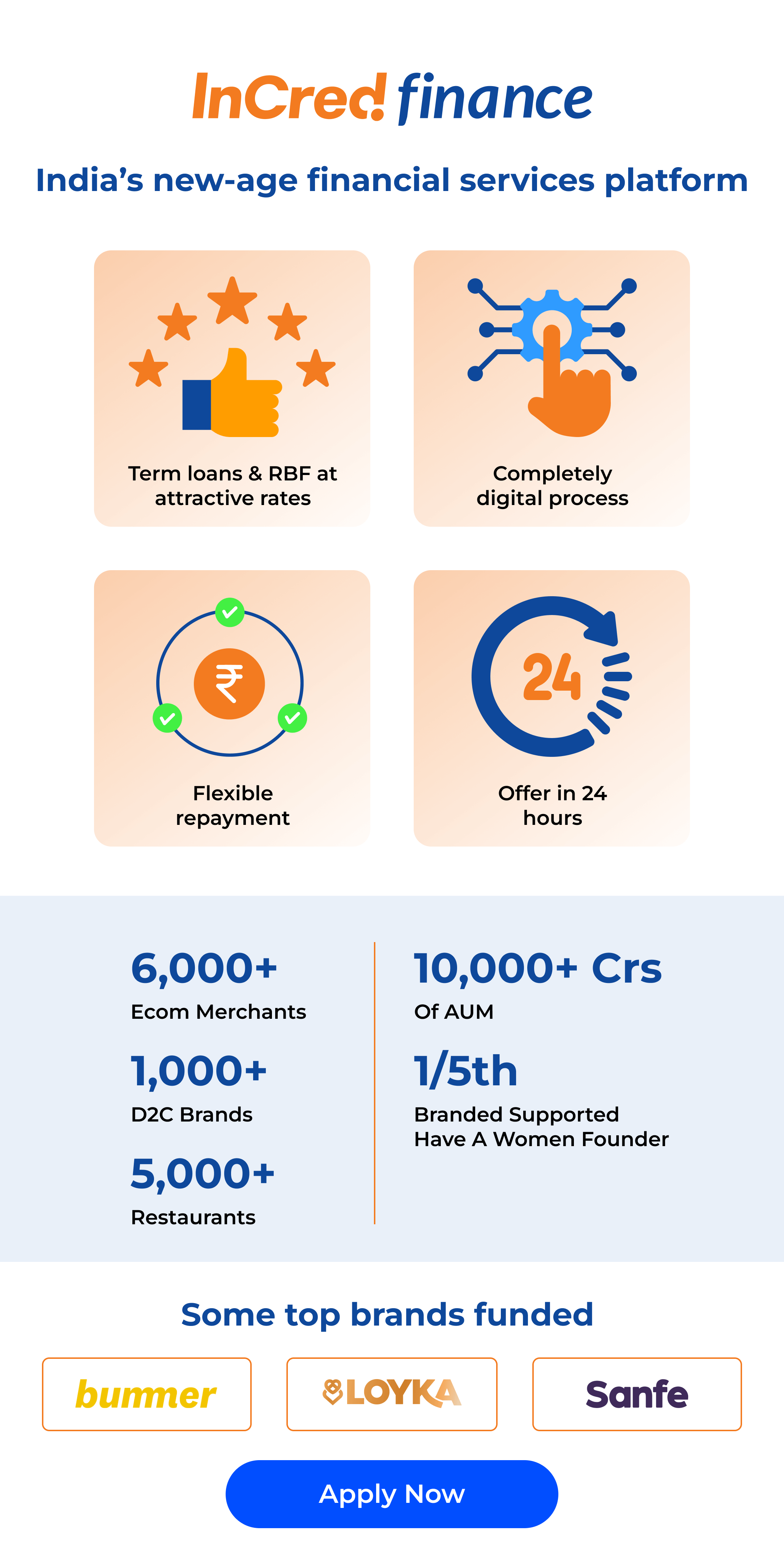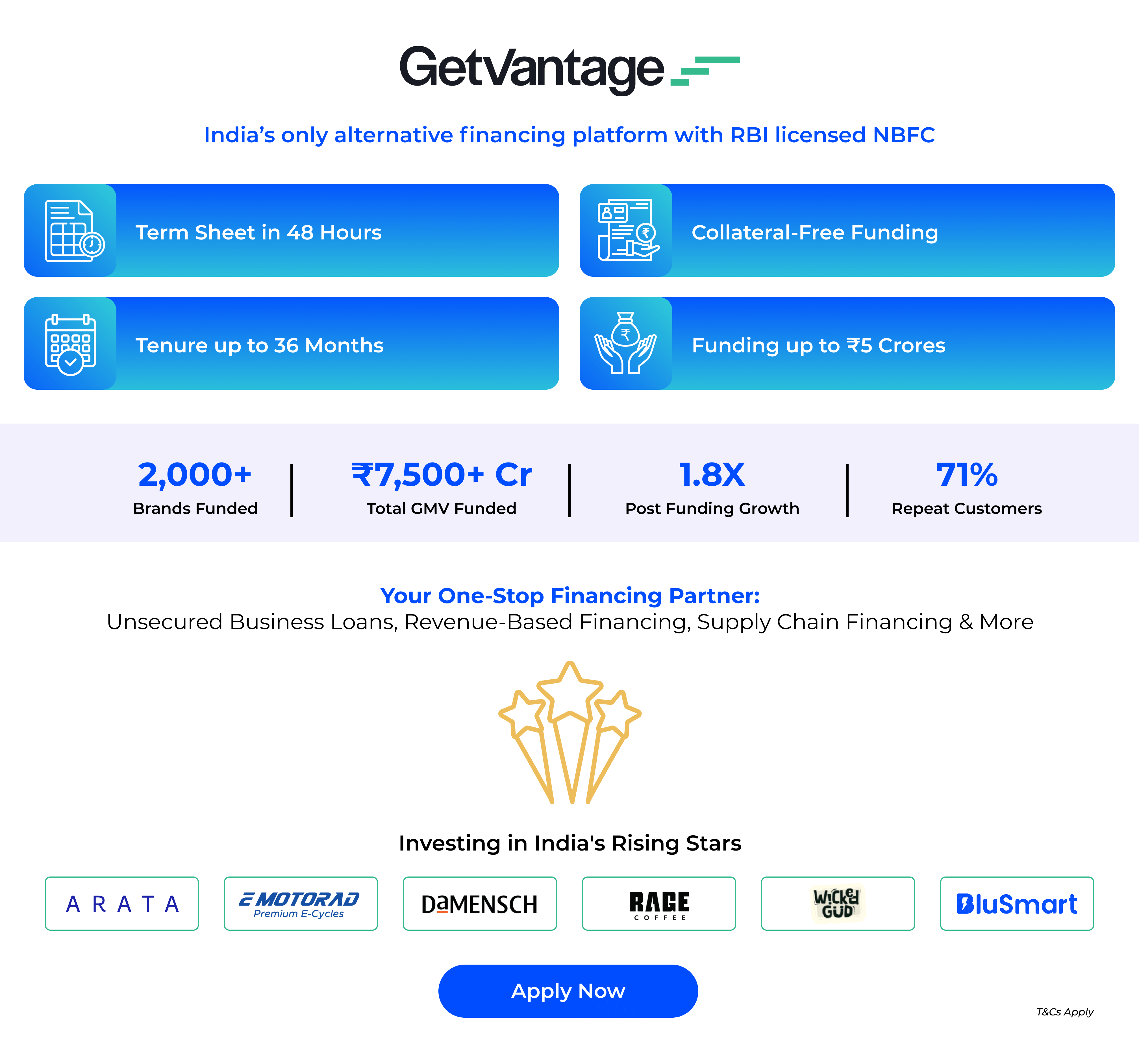Planning Pays Off: 5 Strategies to Get the Most Out of Your Delivery Speed Choice
August 25, 2025
5 min read
From Chaos to Control:
How e-commerce Brands in India Are Using Revenue-Based Financing to Grow Smart
Managing cash flow is one of the biggest challenges for growing e-commerce brands. You need to stock inventory, invest in marketing, and scale operations—all before revenue comes in. If you’re an e-commerce brand looking for a funding option that doesn’t involve giving up equity or dealing with rigid EMIs, revenue-based financing in India might be the answer.
Let’s break it down.
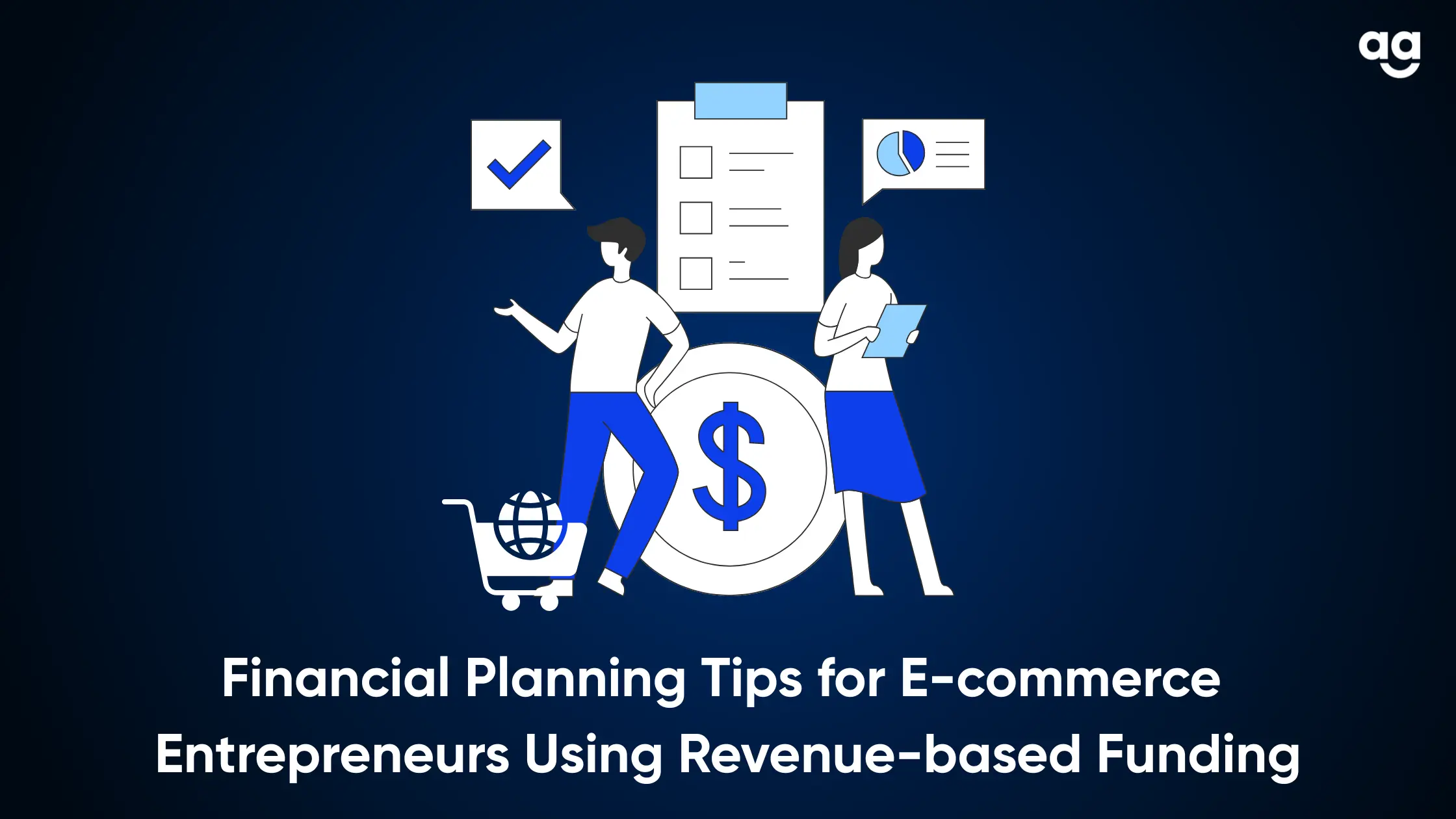
What is Revenue-Based Financing?
Revenue-based financing (RBF) is a funding model where businesses receive upfront capital and repay it as a percentage of their monthly revenue until a fixed amount is paid back—this could be anything between 1.5x to 3x of the original amount.
Unlike traditional loans, RBF doesn’t come with fixed monthly repayments. Your payouts increase when sales are high and decrease when business is slow.
Why are e-commerce Businesses Turning to Alternative Financing?
India’s e-commerce sector is projected to grow rapidly by over $163 billion by 2026, at a CAGR of 27%.
With competition heating up, many D2C founders need access to capital that’s fast, flexible, and founder-friendly. That’s where alternative financing options like RBF come in; especially for brands that don’t want to give up ownership.
How Is It Different from a Traditional or Quick Business Loan?
Here’s how revenue-based financing in India compares to other funding options:
|
Funding Type |
Pros |
Cons |
|
Quick business loans |
Fast access to cash |
Fixed repayments, often high cost |
|
Flexible business loans |
Custom repayment terms, may need collateral |
Interest-based, not tied to sales |
|
Revenue-based financing |
No equity, no collateral, adjusts to revenue |
Costs more if your growth is fast |
If your revenue is consistent, RBF can give you breathing space during off-months while helping you scale during peak season.
What Can You Use RBF For?
E-commerce businesses typically use revenue-based financing in India for:
- Inventory restocking ahead of sale events
- Performance marketing campaigns
- Tech upgrades or platform migrations
- Streamlining logistics and fulfillment
Since repayments are based on revenue, RBF works especially well for seasonal brands that see spikes during festivals or big sale periods.
Should You Mix RBF with Other Funding Options?
Yes, many businesses combine RBF with quick business loans or flexible business loans to create a hybrid capital stack.
For example, you might use RBF to fund inventory and a working capital loan to manage ad spends or vendor payments. The idea is to spread out repayment risk and maintain liquidity.
Things to Track When Using RBF
RBF requires close monitoring of cash flow. Set up dashboards for:
- Monthly revenue vs. repayment percentage
- Total amount repaid vs. repayment cap
- Campaign ROI and customer acquisition cost
- Inventory turnover
Tools can help automate this.
When RBF Might Not Be the Right Fit
Revenue-based financing works best when your revenue is predictable. If your business is in early stages or revenue fluctuates heavily, this model may be risky.
Also, if you’re expecting explosive growth, repaying 2x–3x the borrowed amount may end up costing more than equity dilution in the long term.
Capital by Shipyaari
Part of Shipyaari’s e-commerce finance suite, this offering delivers performance-based funding—₹5 crore in as little as 3 days—with no collateral and no equity dilution. Repayment is a fixed percentage of future revenue, aligning directly with your business performance.
Why Capital by Shipyaari Stands Out
- Fast turnaround: Funds disbursed in as little as 3 days
- Non-dilutive funding: You retain full business control
- Aligns with revenue: Payback based on actual sales
- Seamless integration: Built for e-commerce founders, part of your existing logistics and tech stack
Final Thoughts
If you’re building an eCommerce business, revenue-based financing in India offers a smart, scalable way to access growth capital without giving up ownership or taking on debt you can’t manage.
-Use it for inventory, marketing, or tech upgrades
-Combine it with quick business loans when needed
-Track your cash flow closely
-Choose a provider that aligns with your growth strategy
When used wisely, alternative financing models like RBF can help you scale without the stress.
If you want fast, flexible business loans tailored for eCommerce growth, explore Capital by Shipyaari and see how you can fuel your brand without giving up equity.
Frequently Asked Questions
Revenue-based financing (RBF) gives upfront capital that’s repaid as a percentage of monthly revenue. With Capital by Shipyaari, eCommerce businesses in India can access up to ₹5 crore in just 3 days, without equity dilution or collateral—making it a fast and founder-friendly option.
Quick business loans usually require fixed monthly EMIs and sometimes collateral, which can strain cash flow. Capital by Shipyaari aligns repayments with your sales, so you pay more during high-revenue months and less during slower ones. This flexibility helps brands manage seasonal demand smoothly.
You can use Capital by Shipyaari to fund inventory restocks, marketing campaigns, logistics improvements, or tech upgrades. Since repayments are tied to revenue, it’s especially beneficial for D2C and seasonal eCommerce brands preparing for festive or sale events.
Capital by Shipyaari is best suited for growing eCommerce brands with consistent or predictable revenue. It may not be ideal for very early-stage businesses or those with highly fluctuating sales, but for scaling brands, it offers a smart balance of speed, flexibility, and control.
Suggested Reads
Hyperlocal Personalization: Tailoring Experiences for Local Customers
Introduction The eCommerce industry in India has witnessed a rapid growth of hyperlocal services in
Continue ReadingDec






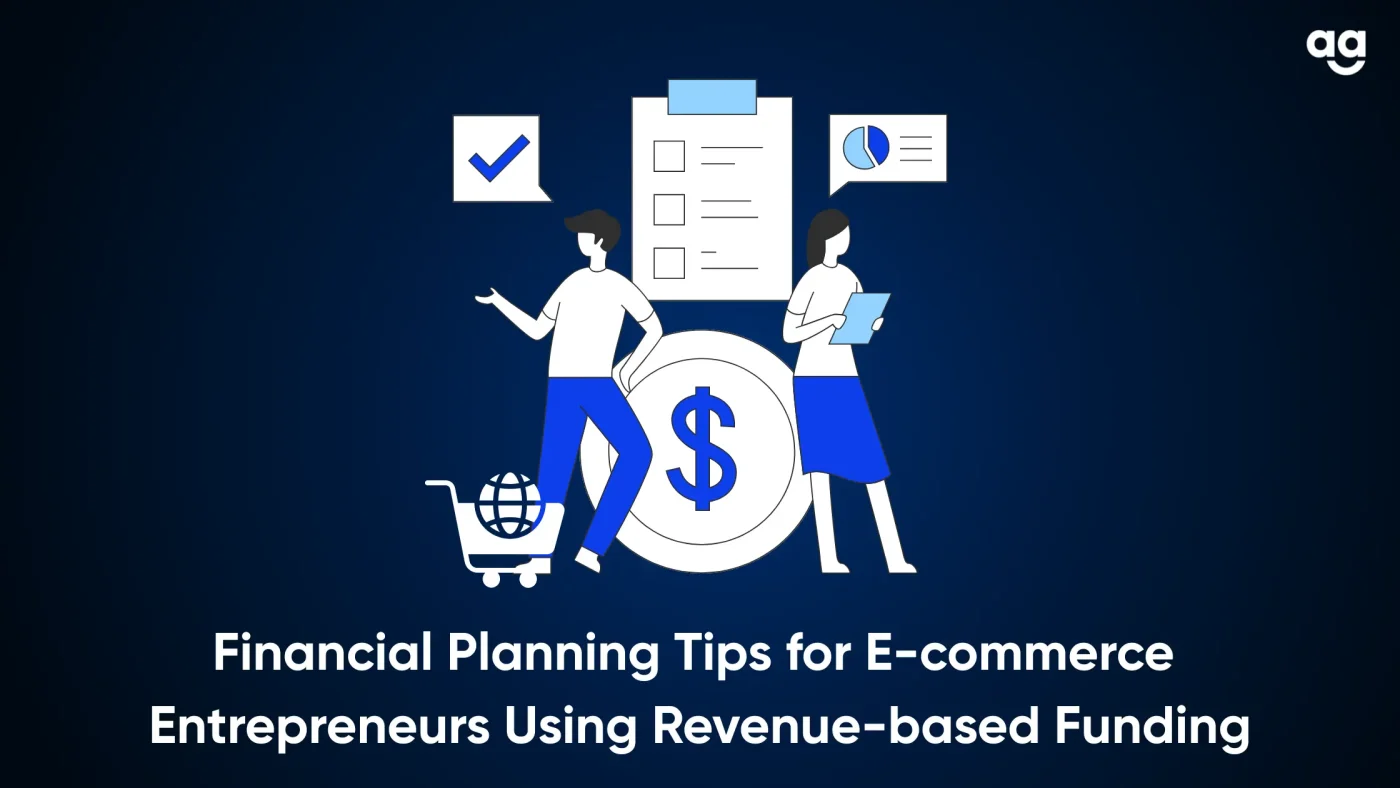



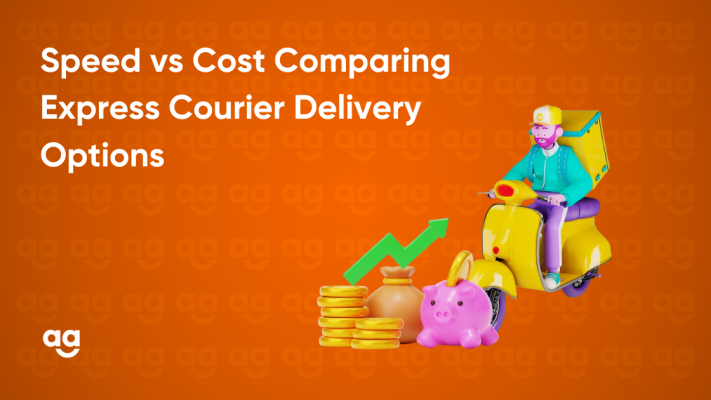
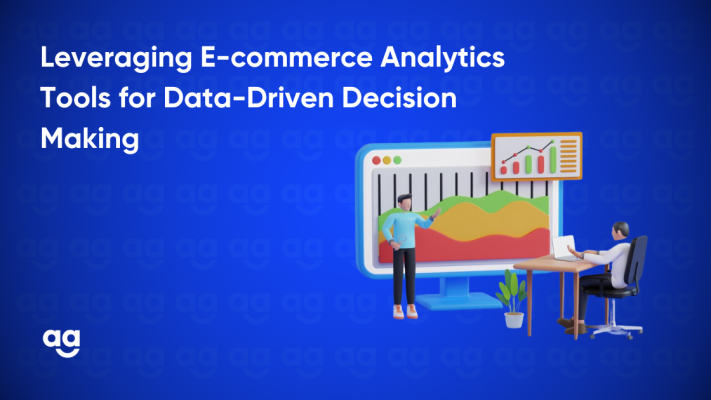
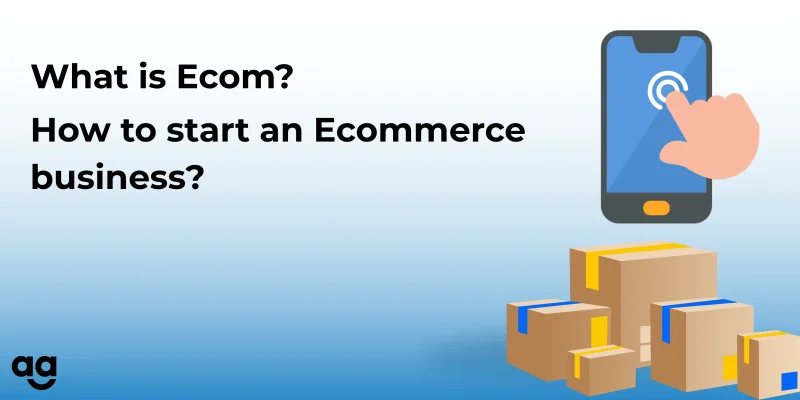

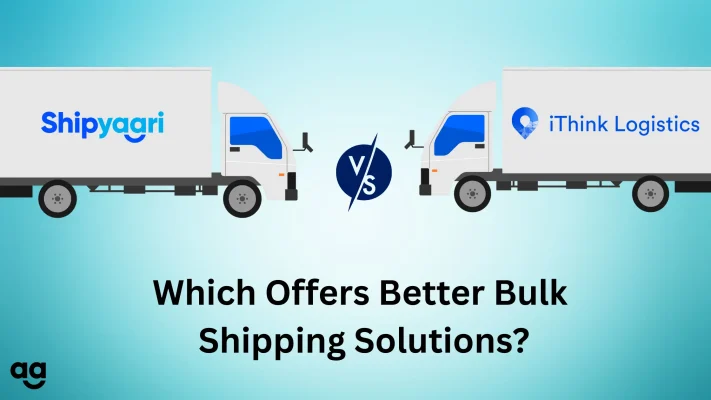




 Shipping
Shipping
